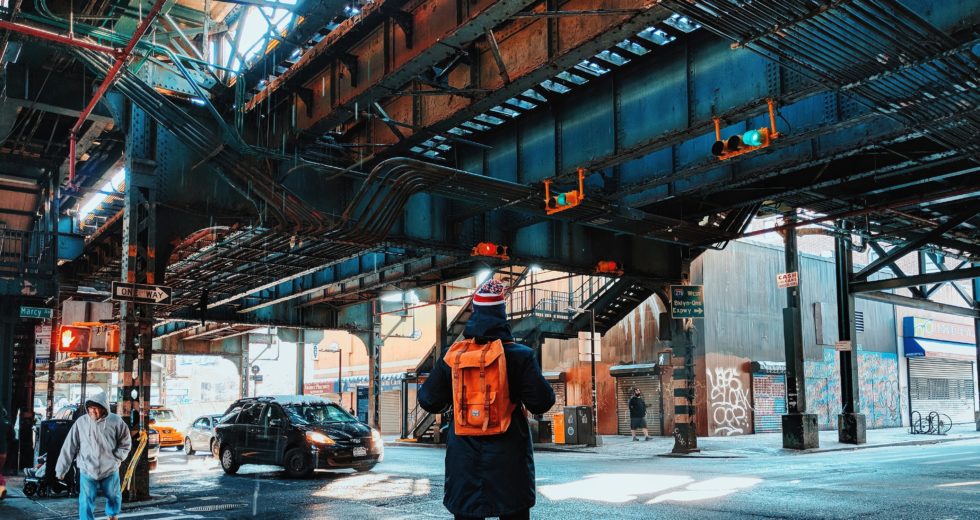Youth Re-entry after Incarceration: From Services to Social Capital

Youth who have been incarcerated face many challenges when they return to their communities. The Illinois Commission on Juvenile Justice launched the Juvenile Reentry Initiative (JRI) in 2012, which awarded two three-year grants to community agencies to work with youth exiting Illinois juvenile correctional facilities. Alongside these grants, the JRI also included Aftercare, a rehabilitative model for juvenile reentry. While we found that collaboration between the juvenile justice system and community agencies was successful in connecting youth to community supports, we also found challenges in implementation that, if addressed, could make the collaboration more effective.
What We Did
Youth Outreach Services (YOS) in Cook County and Children’s Home + Aid (CH+A) in downstate Madison and St. Clair counties received the JRI awards. YOS and CH+A initially used these funds to develop and hire for a new “re-entry worker” position and invest in related data-management systems.
The Illinois Department of Juvenile Justice also supported youth reentry through Aftercare. Aftercare is a rehabilitative model for juvenile re-entry in which specially trained “Aftercare specialists” engage youth upon their incarceration to plan for the youth’s re-entry to the community and then monitor and support the youth during and after their transition back into the community.
We conducted interviews and focus groups with 30 people involved in JRI, including leadership, administrative staff and youth workers from YOS and CH+A, and youth and their guardians who have experienced re-entry with one of the agencies. It also included focus groups with IDJJ Aftercare specialists in Cook County and counties in downstate Illinois where the JRI pilots were implemented. Analysis focused on the implementation of the collaboration.
What We Found
The vision for JRI was that through partnering with youth-serving agencies in specific communities, Aftercare specialists could leverage the agency’s established partnerships with service providers and their knowledge of the community to engage youth and families, connect youth with appropriate services near their homes, and help youth develop positive trajectories and avoid recidivism.
The JRI pilot showed that Aftercare specialists consider collaboration between IDJJ and community agencies to be a valuable resource and support. JRI was especially effective at maintaining contact with youth and their families during the reentry transition and helping youth access school, work, and prosocial activities. However, role confusion about re-entry workers and Aftercare Specialists, especially among youth and their families, was common.
What It Means
Collaboration between the juvenile justice system and community-based agencies can be effective. However, in order to maximize the effectiveness of system/community collaborations, it is essential to differentiate roles and explicitly align the goals of each partner. Planning, data sharing, and implementation support are essential to promote the success of such system/community collaborations.
Download Report


 Thank you for your interest in Chapin Hall’s research. Please share some information to access this file.
Thank you for your interest in Chapin Hall’s research. Please share some information to access this file.